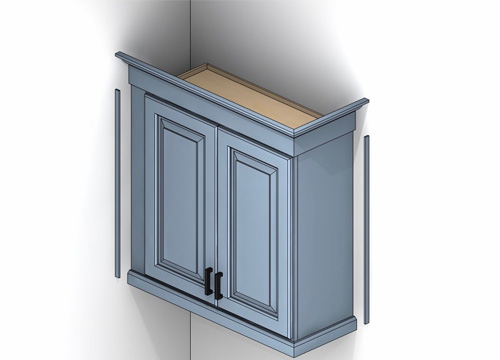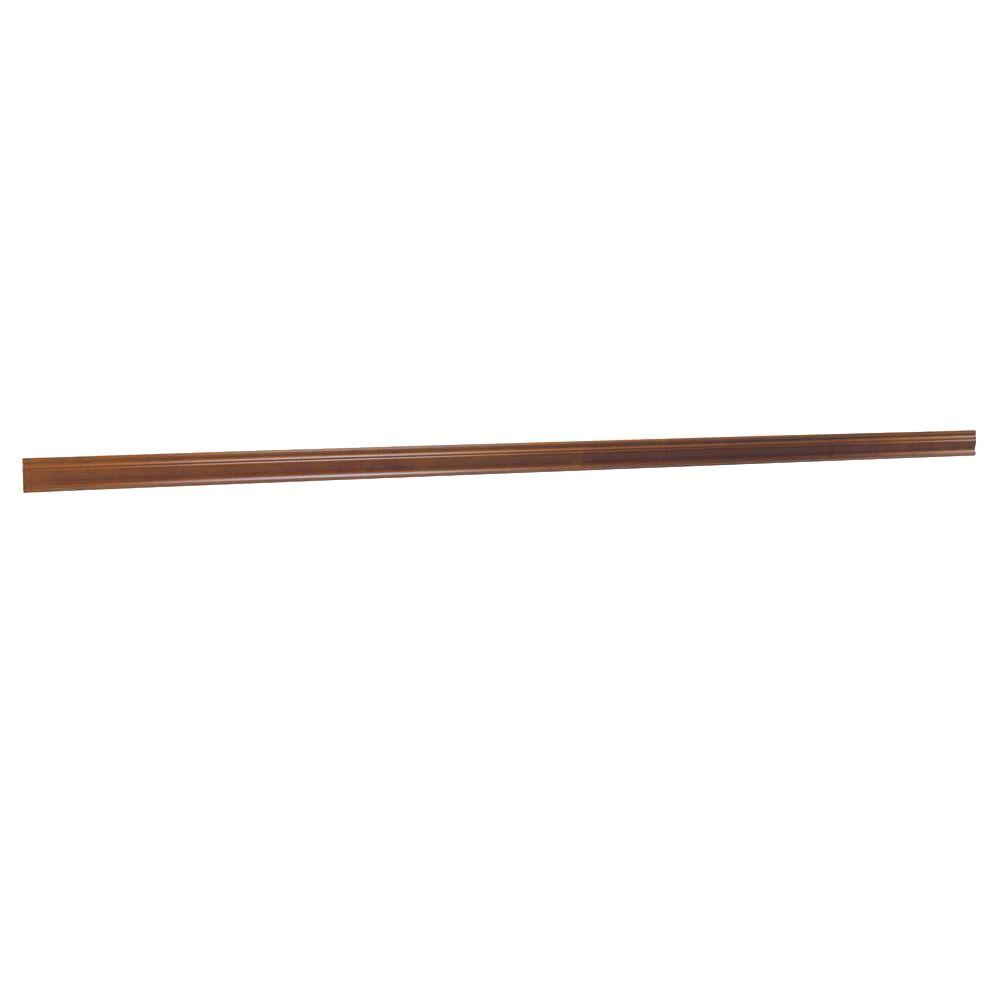
However, the methods of installation vary in difficulty and cost, as each requires different tools. Caulk and scribe moldings are mainly used for smaller gaps, while a cabinet filler strip can be as wide as three inches. Using measuring tape, you will have to determine the size of the gap you are looking to fill. Select Caulk, Scribe Molding, or Cabinet Filler Strip A proper gap will allow most conventional kitchen cabinets to open correctly. Otherwise, you may struggle to fit wide cabinets that are designed to be snug from the beginning. It is easier to fill gaps created by uneven walls after installation. This spare clearance will allow you to fit kitchen cabinets between walls more accurately.

There is frequently an intentional gap between your cabinet and the wall beside it, which usually measures one to three inches. How much space should be between the cabinet and wall?
#CABINET SCRIBE THICKNESS HOW TO#
Keep reading to learn how to choose the ideal gap filler for your cabinets, how to install it, and how much space a dishwasher might need with your base cabinets. It may require some unique tools and skills. Whether your cabinets and walls have intentional or unwanted gaps, filling them can be somewhat challenging.


Cut to size (scribe molding and filler strips).Select either caulk, scribe molding, or cabinet filler strip.Consider the following steps to select and install the appropriate filling: The ideal solution for filling gaps between your kitchen cabinets and walls is subject to change based on the width of the gap and your personal preference for the finished look. We have thoroughly researched the best methods to fill in unwanted gaps along your kitchen cabinets. So, you may be wondering what you can use to fill those gaps. There are many common issues that can result in gaps between kitchen cabinets and your walls.


 0 kommentar(er)
0 kommentar(er)
